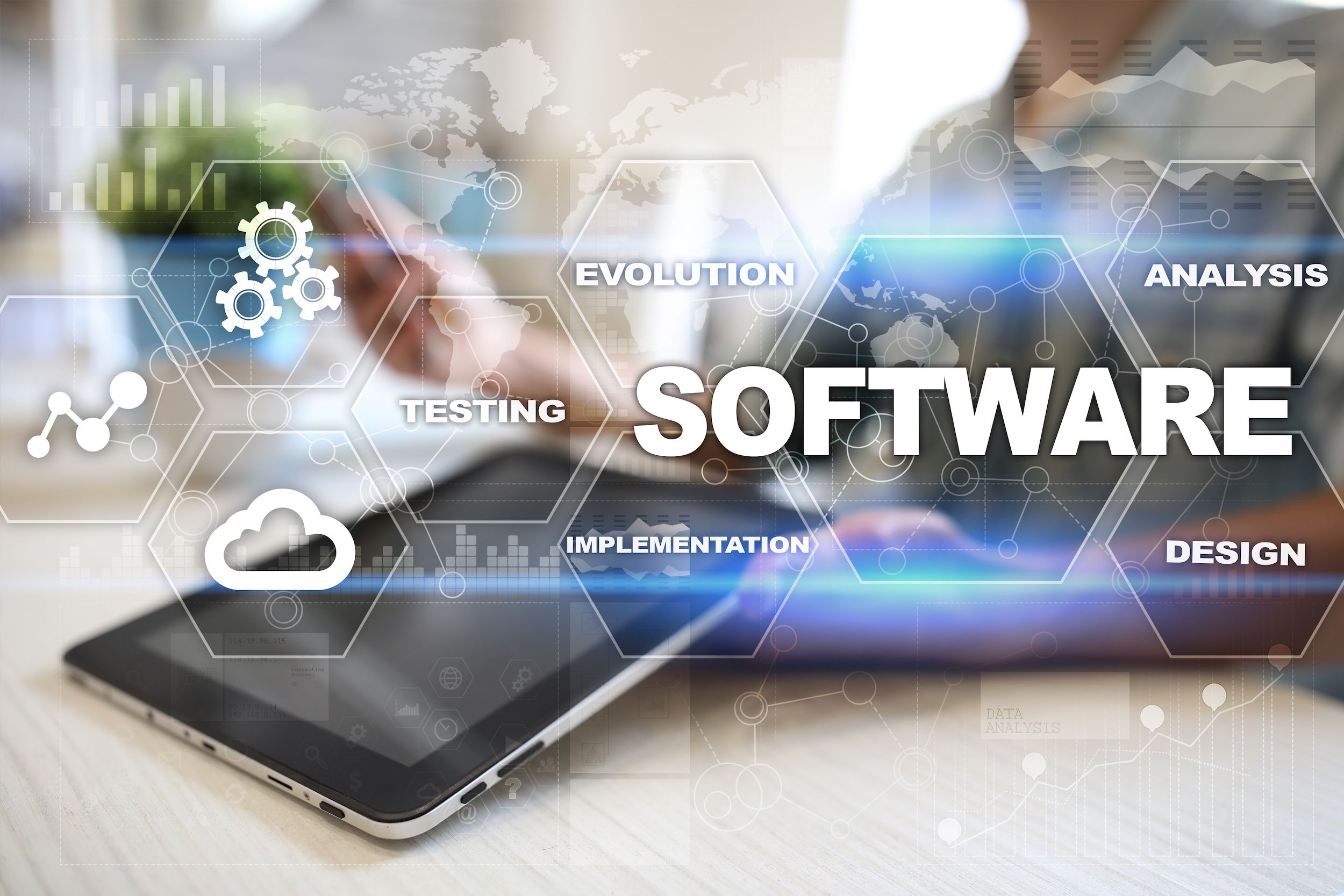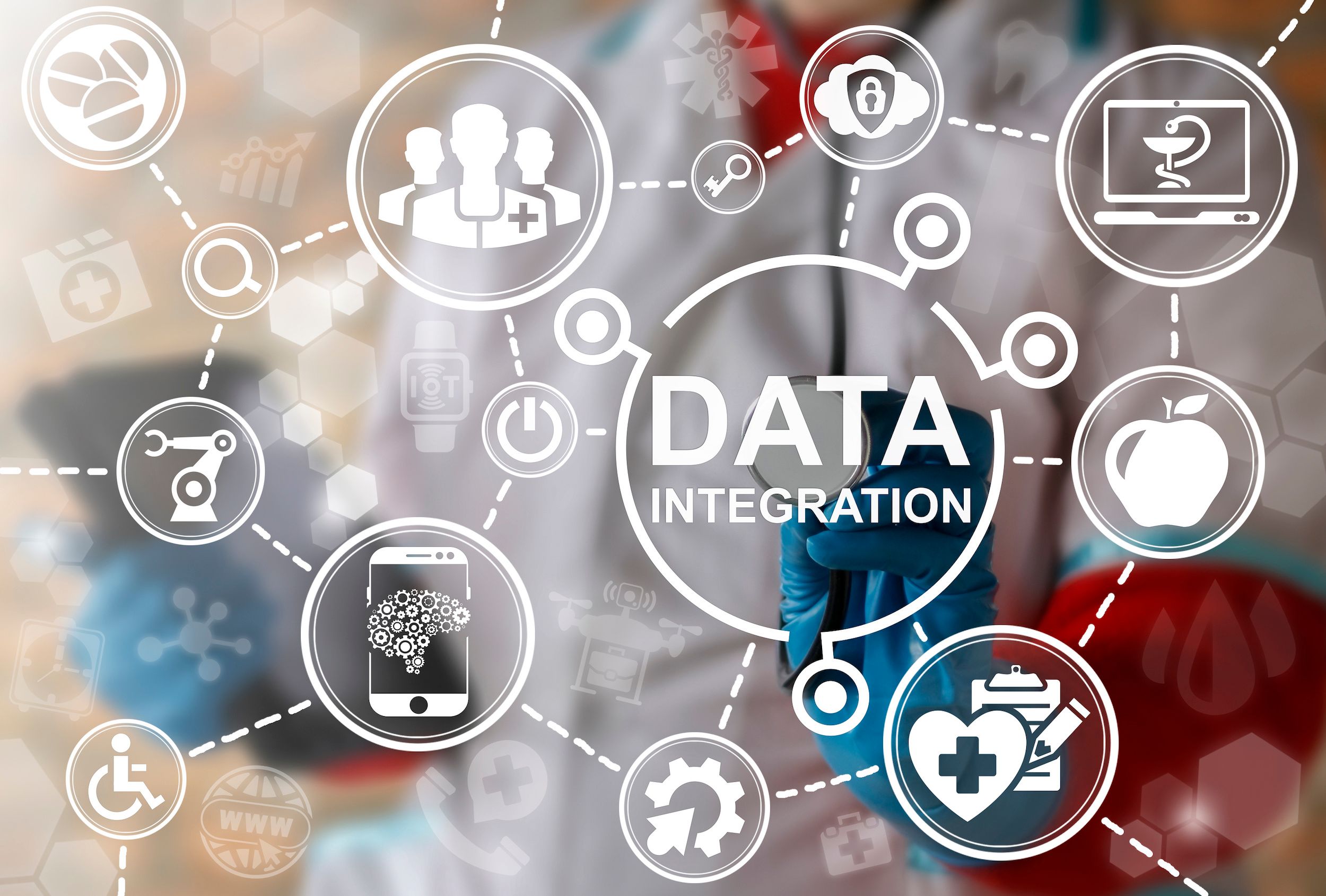Our Story
Collaborative Healthcare Information Services
Cambian provides information services that enable collaboration between individuals, families, care providers, researchers, and others in the healthcare ecosystem. Our applications enable self-management and better coordination of care.
Cam·bi·an (kăm’bē-ăn) is derived from Medieval Latin and Celtic words for “exchange” and “they change”. By working with Cambian you will be better prepared to deal with the ever-changing landscape of the healthcare market.
The Beginning – Contract Development Services
Cambian started as an information systems integrator and application developer in 2000. The core team had already worked together for a decade at a highly successful systems engineering firm working on solutions for the space and defense industry. Over time we entered the healthcare market offering contract development services. Drawing from our team’s experience in systems engineering and application development, we successfully built a wide range of applications for our clients. During this period, we invested in technologies for integration, scheduling, assessments, and other foundational components.


The Beginning – ContractDevelopment Services
Cambian started as an information systems integrator and application developer in 2000. The core team had already worked together for a decade at a highly successful systems engineering firm working on solutions for the space and defense industry. Over time we entered the healthcare market offering contract development services. Drawing from our team’s experience in systems engineering and application development, we successfully built a wide range of applications for our clients. During this period, we invested in technologies for integration, scheduling, assessments, and other foundational components.

The Next Step – EMR Development and Integration
In 2005, Cambian was asked to build an Electronic Medical Record (EMR) system for an emerging US company. That led to similar projects in Canada, each giving the company an appreciation of scheduling, billing, practice automation, and medical records management. We leveraged our expertise in EMRs and enterprise software to deliver infrastructure for government healthcare organizations including identity management, lab, drug, imaging and public health data repositories. We also implemented solutions that aggregated data across care teams, providing insights on wait times, referrals, triage, and caseload balancing.
The New Frontier – Collaborative Healthcare Information Services Platform
In 2012, Cambian identified the need for tools to support individuals and their families. Recognizing that it would take time to introduce this ground-breaking functionality, Cambian partnered with leading researchers and clinical practices that shared this vision. Starting with assessments we changed the model for patient-reported outcomes, by having the patient retain the data and share a copy with care providers or researchers. This was a major shift away from the traditional model where data is captured and stored in the care provider or researcher system. We then added tools to enable management of consent and secure messaging. Biometrics, concerns, care plans, and personalized education followed shortly thereafter. Today we have an integrated platform with applications that help individuals, families, care providers, researchers, and health system administrators. By focusing on the needs of individuals and their families, we have overcome many fundamental issues to do with data sharing, privacy, and lack of coordination. The result is applications that enable self-management and better coordination of care.


The New Frontier – Collaborative Healthcare Information Services Platform
In 2012, Cambian identified the need for tools to support individuals and their families. Recognizing that it would take time to introduce this ground-breaking functionality, Cambian partnered with leading researchers and clinical practices that shared this vision. Starting with assessments we changed the model for patient-reported outcomes, by having the patient retain the data and share a copy with care providers or researchers. This was a major shift away from the traditional model where data is captured and stored in the care provider or researcher system. We then added tools to enable management of consent and secure messaging. Biometrics, concerns, care plans, and personalized education followed shortly thereafter. Today we have an integrated platform with applications that help individuals, families, care providers, researchers, and health system administrators. By focusing on the needs of individuals and their families, we have overcome many fundamental issues to do with data sharing, privacy, and lack of coordination. The result is applications that enable self-management and better coordination of care.
